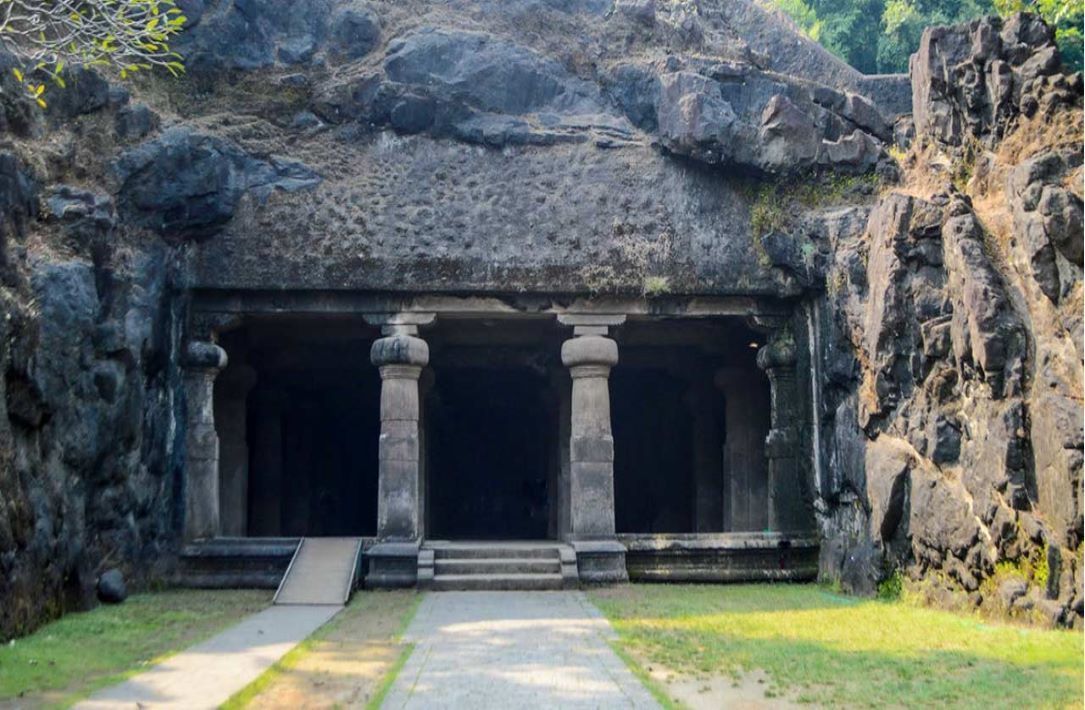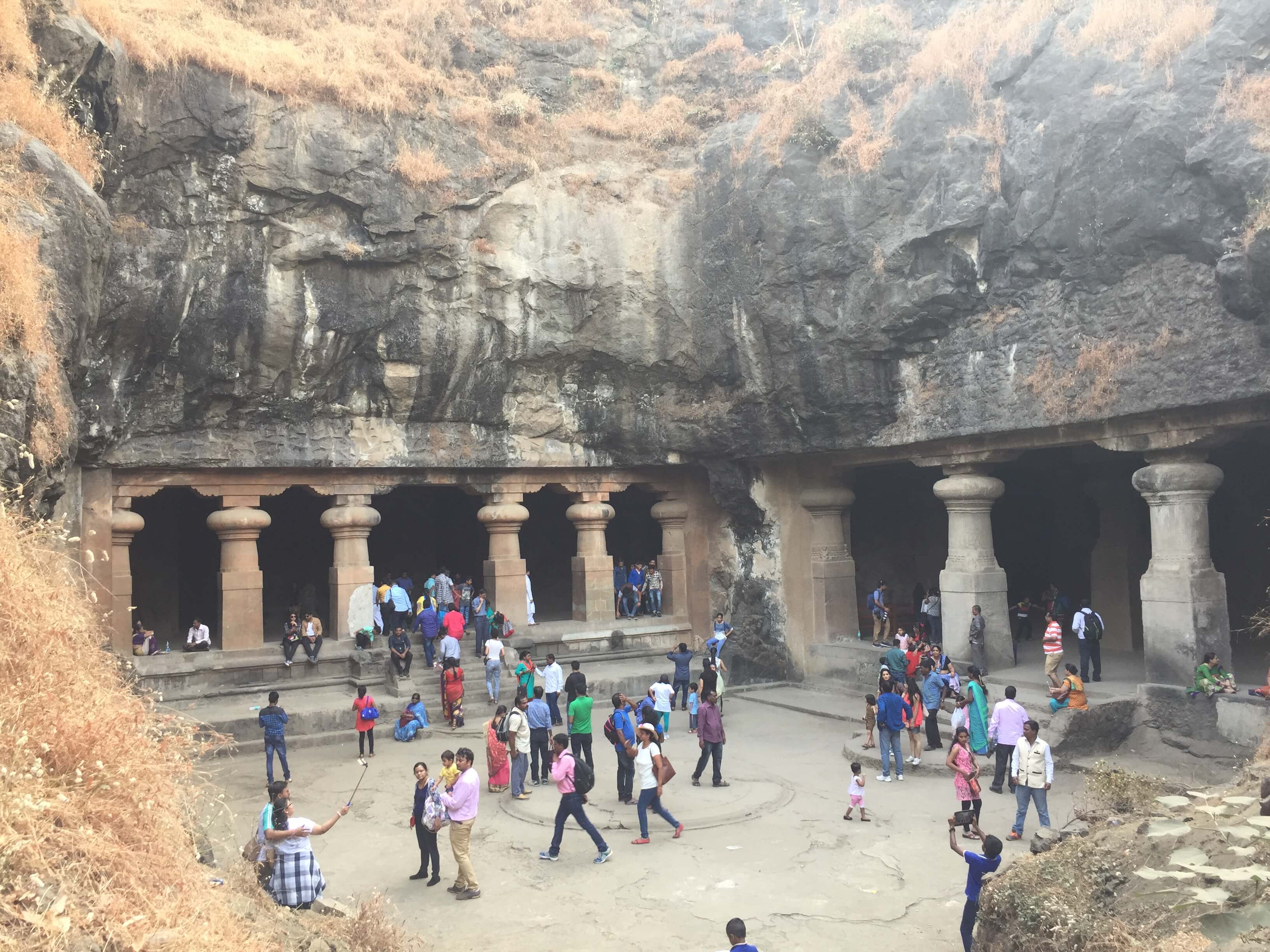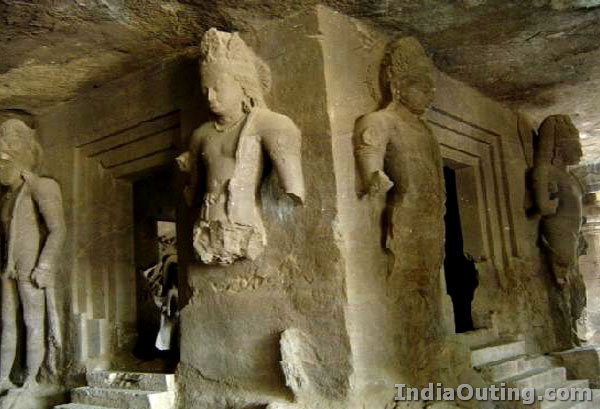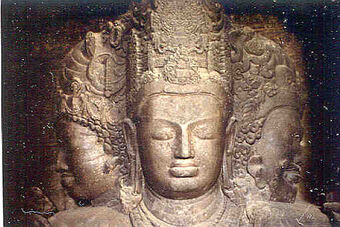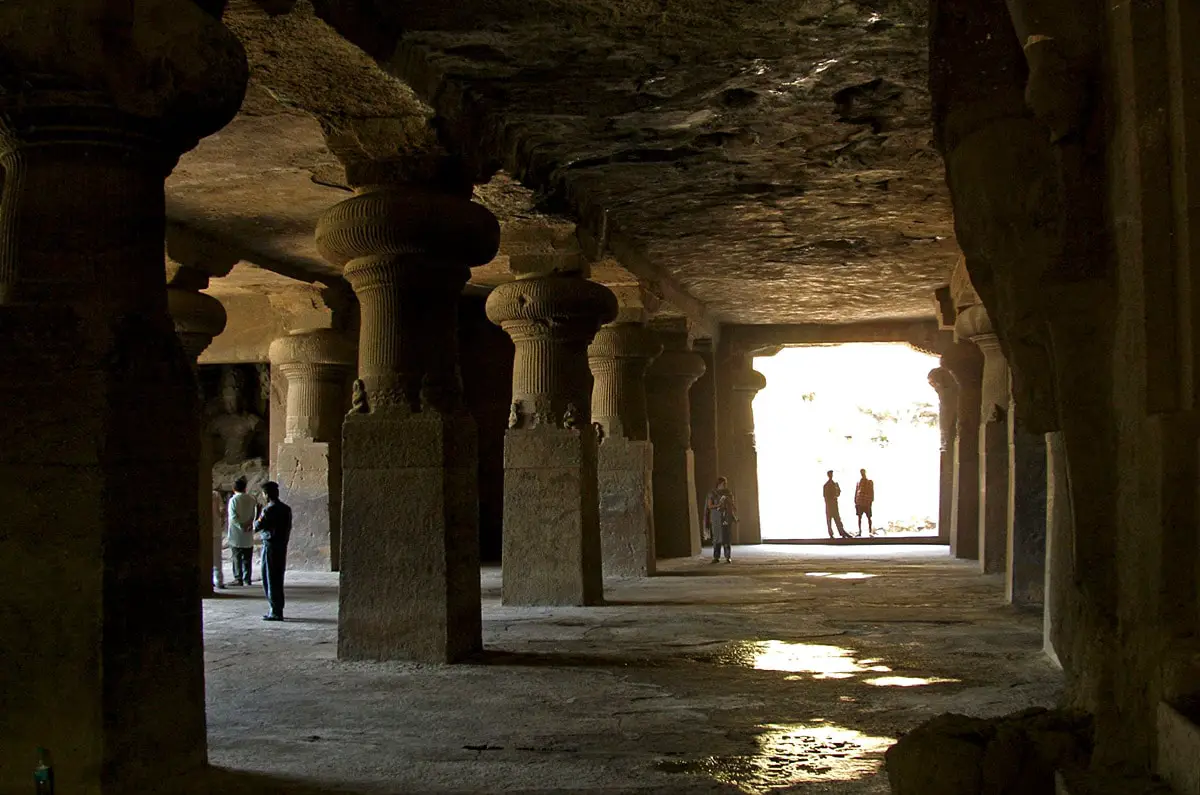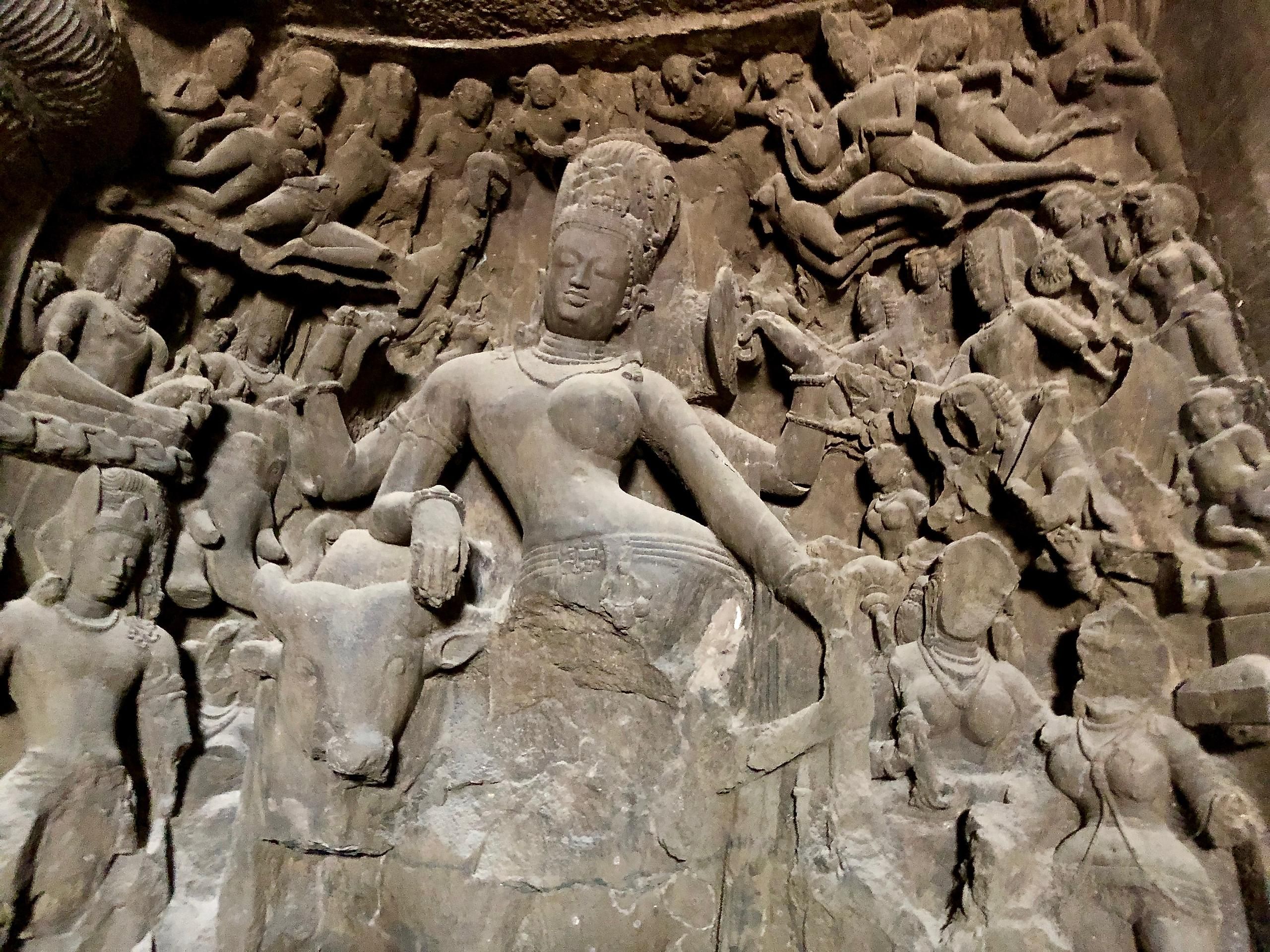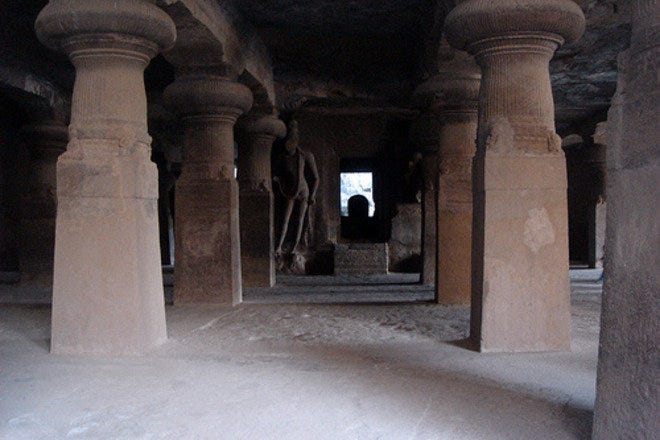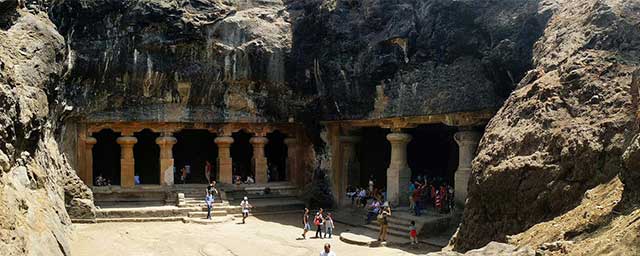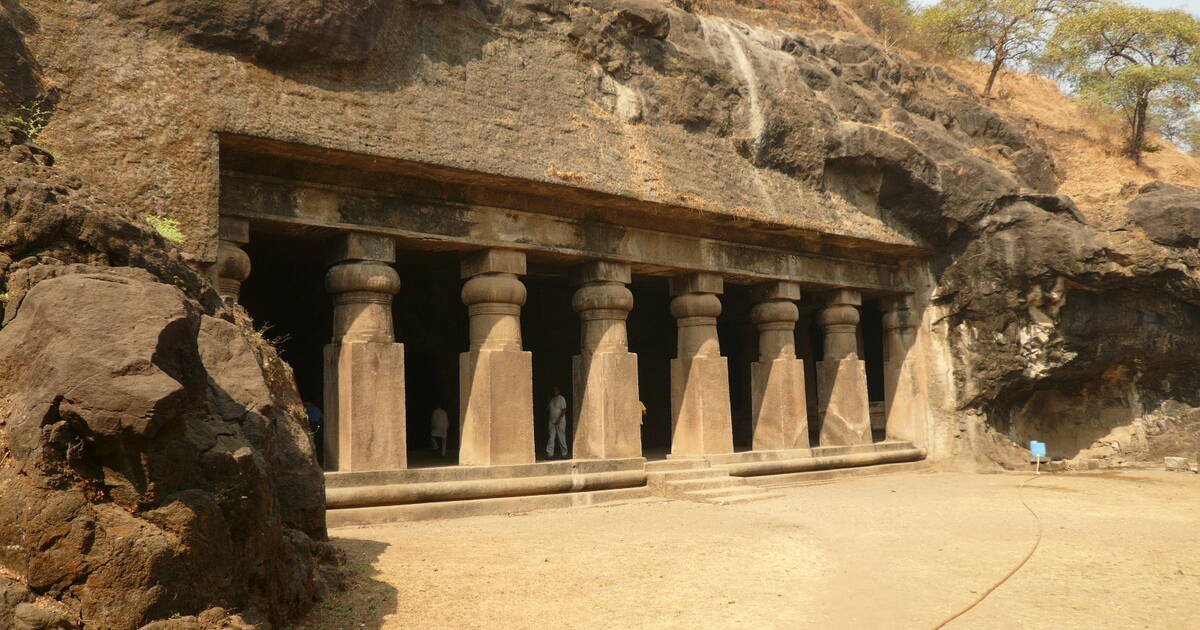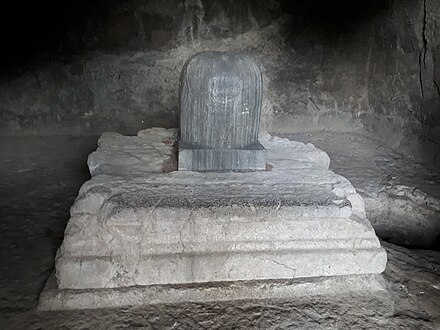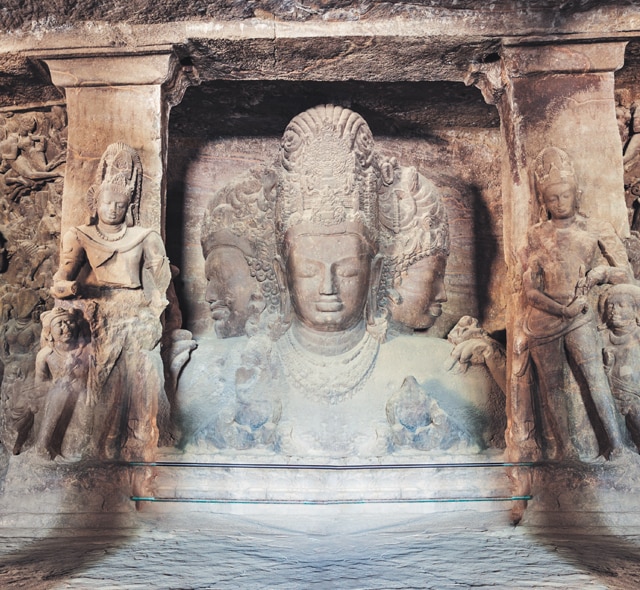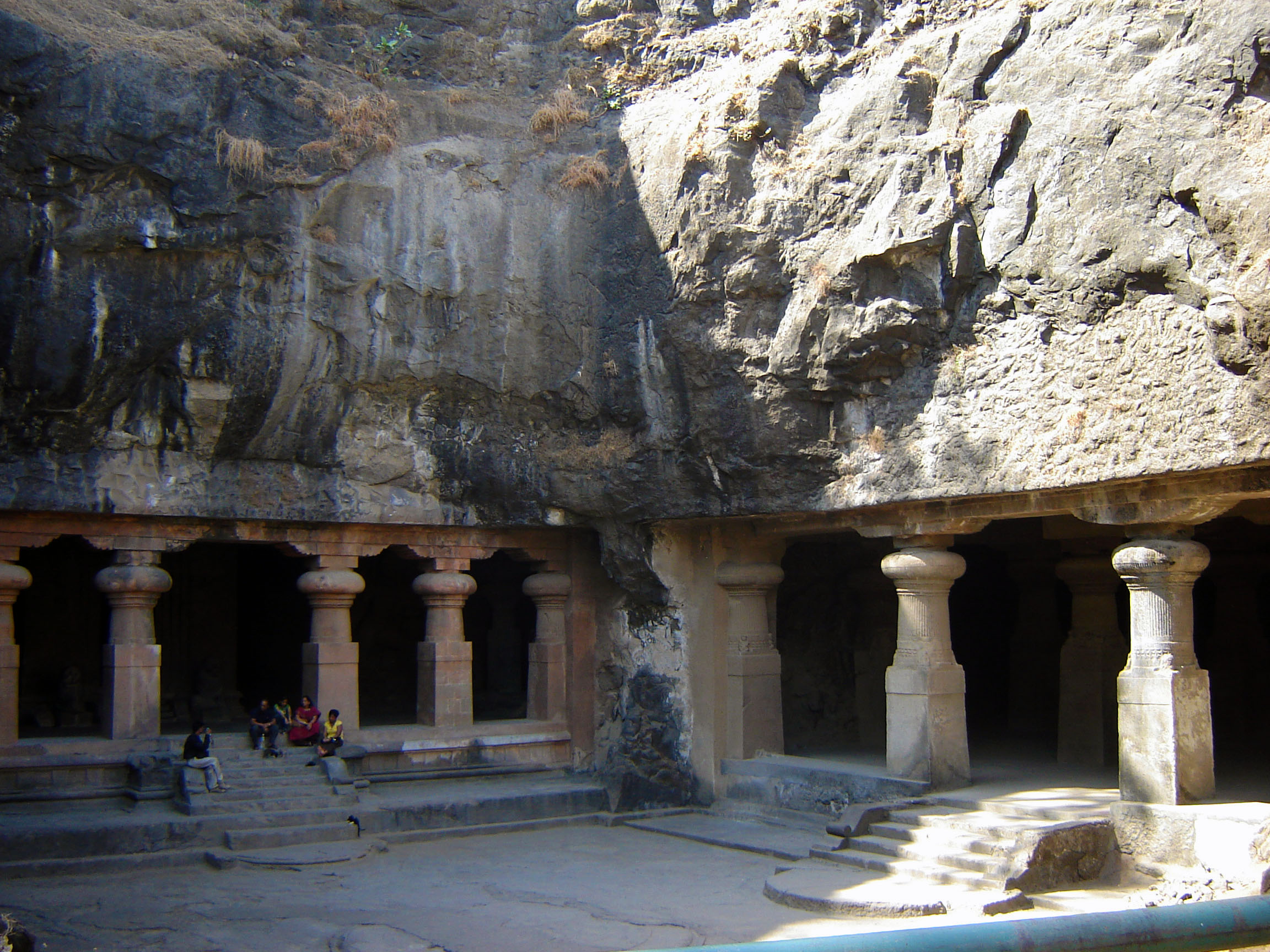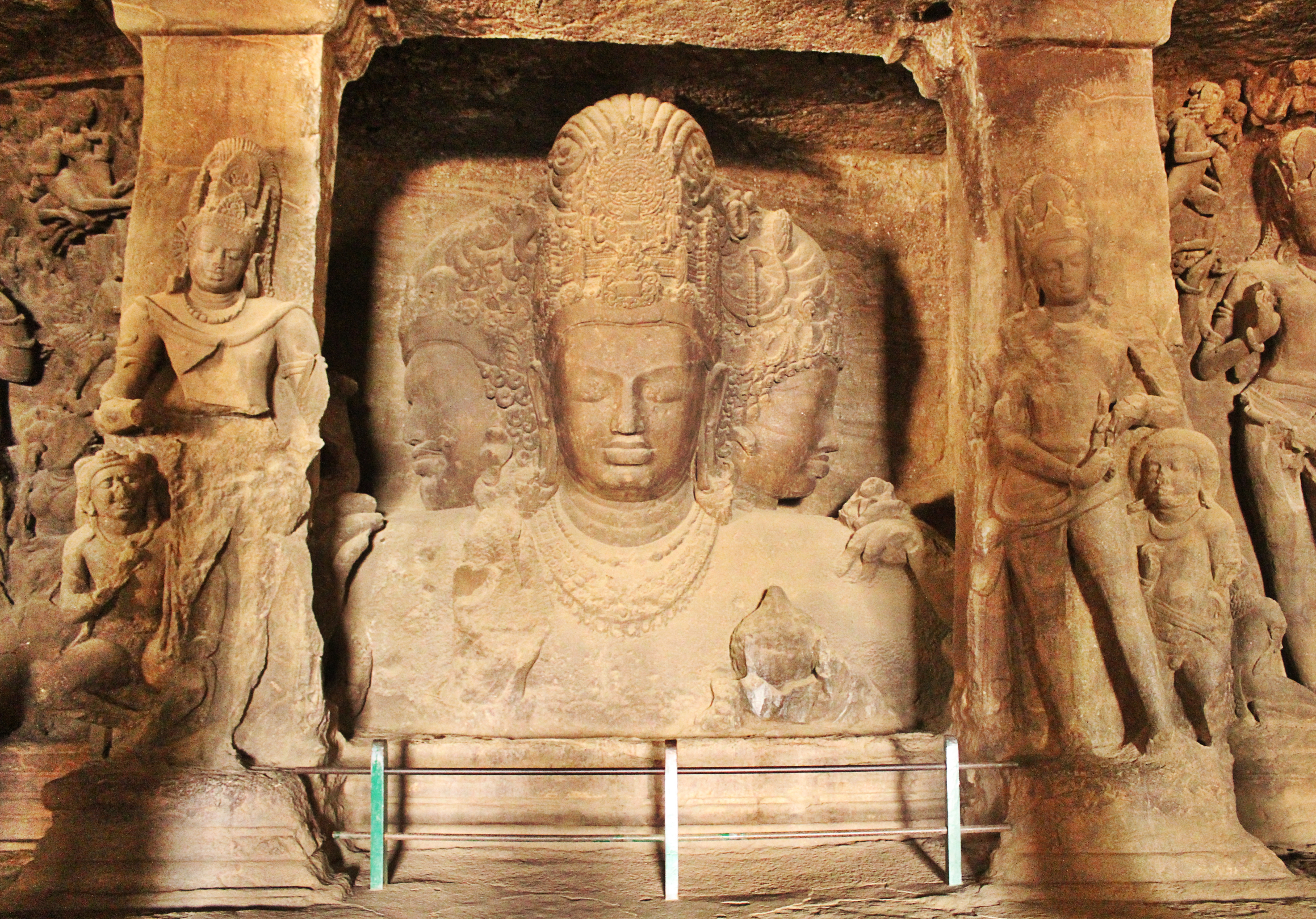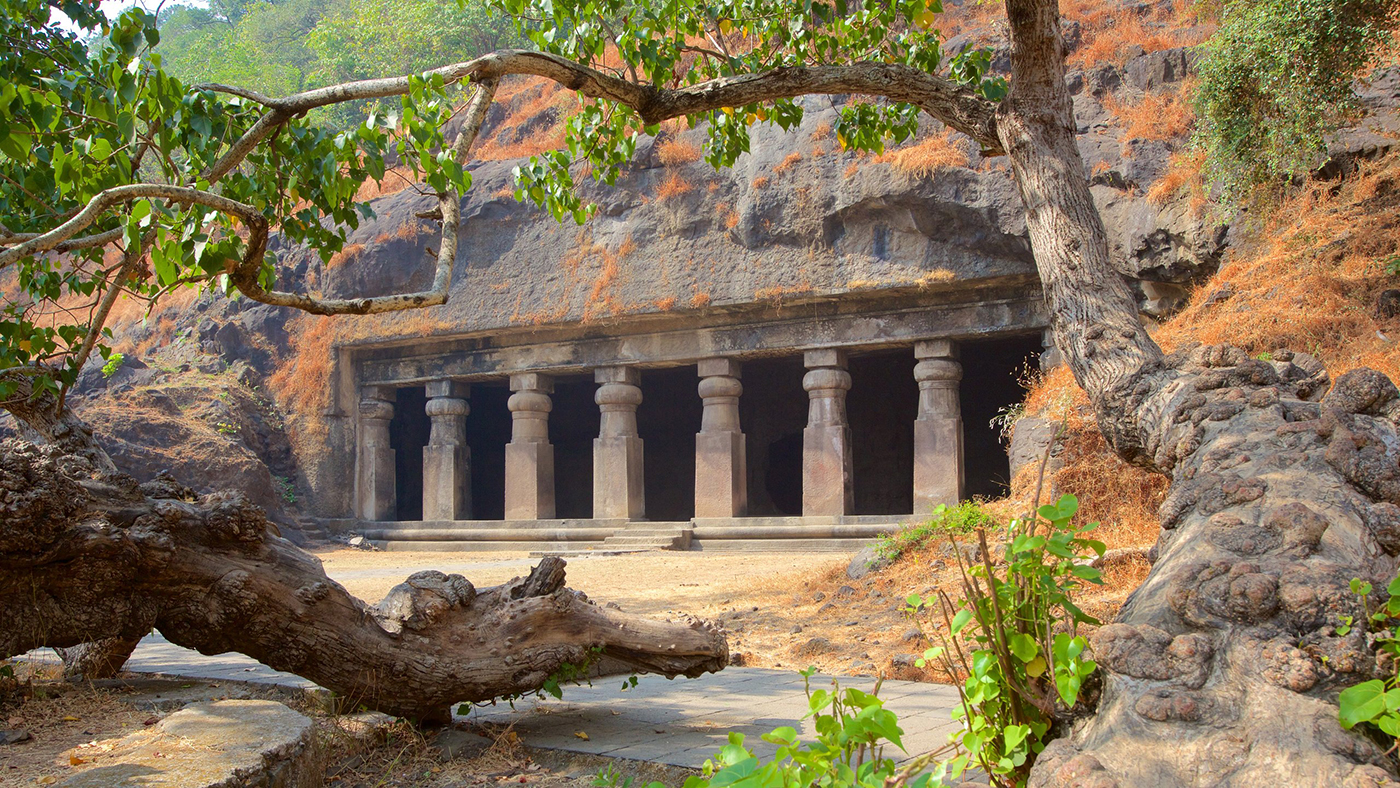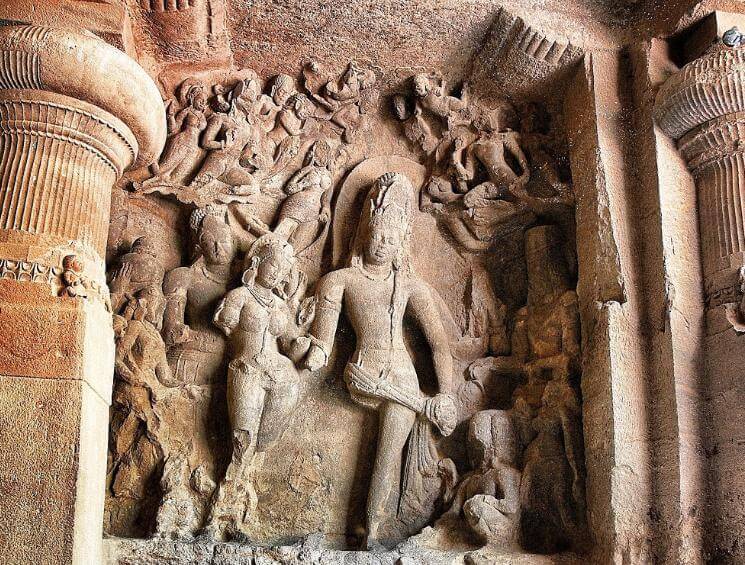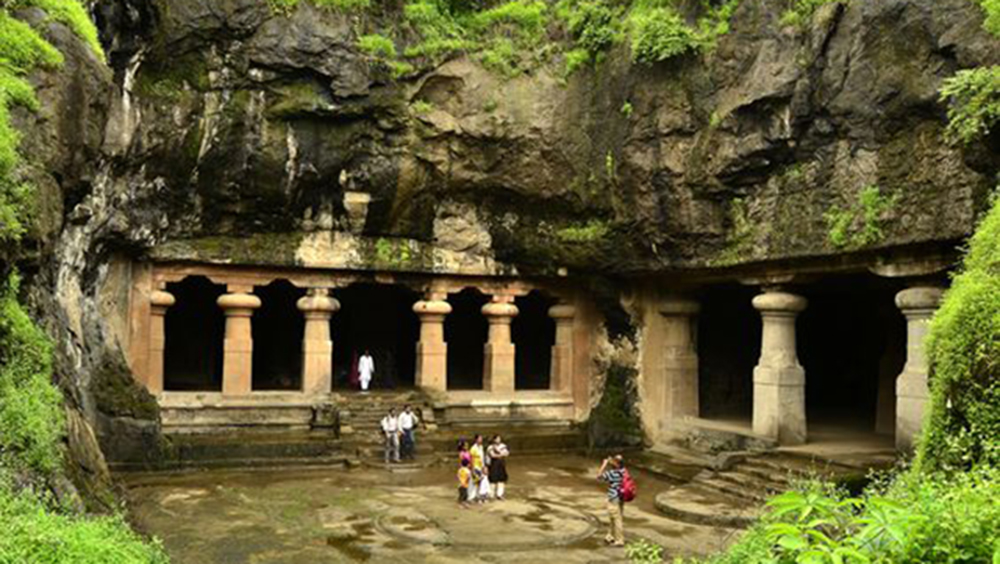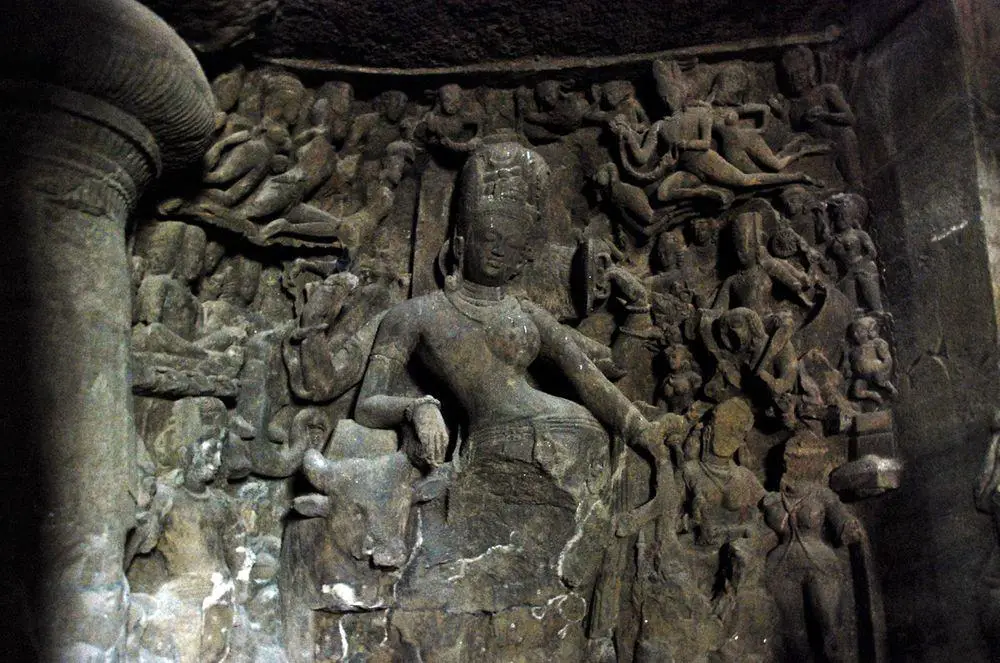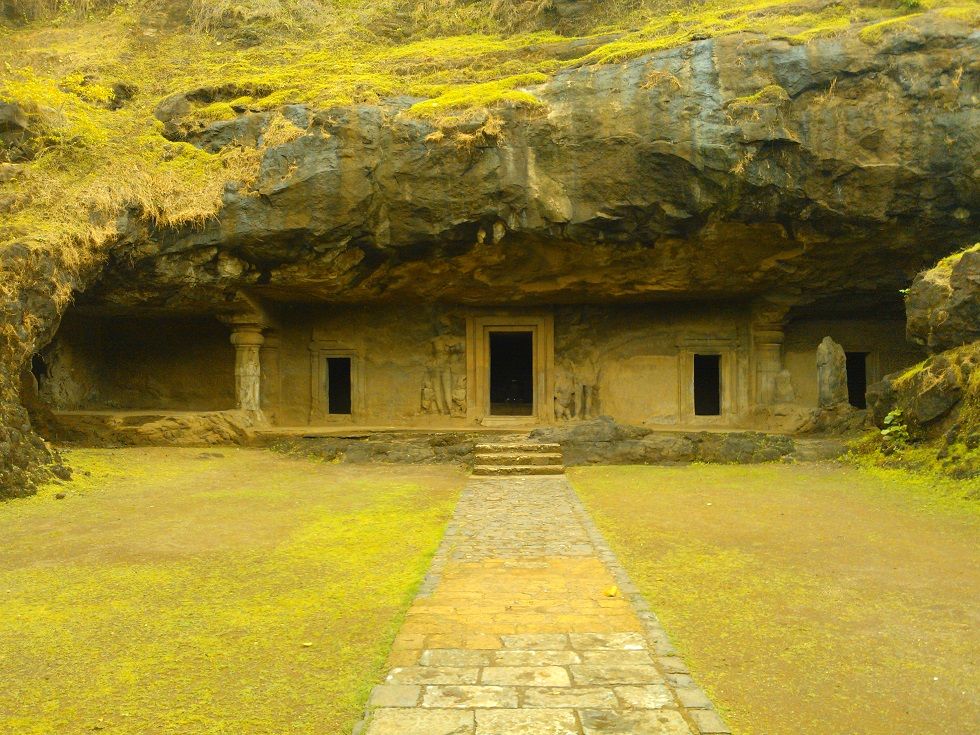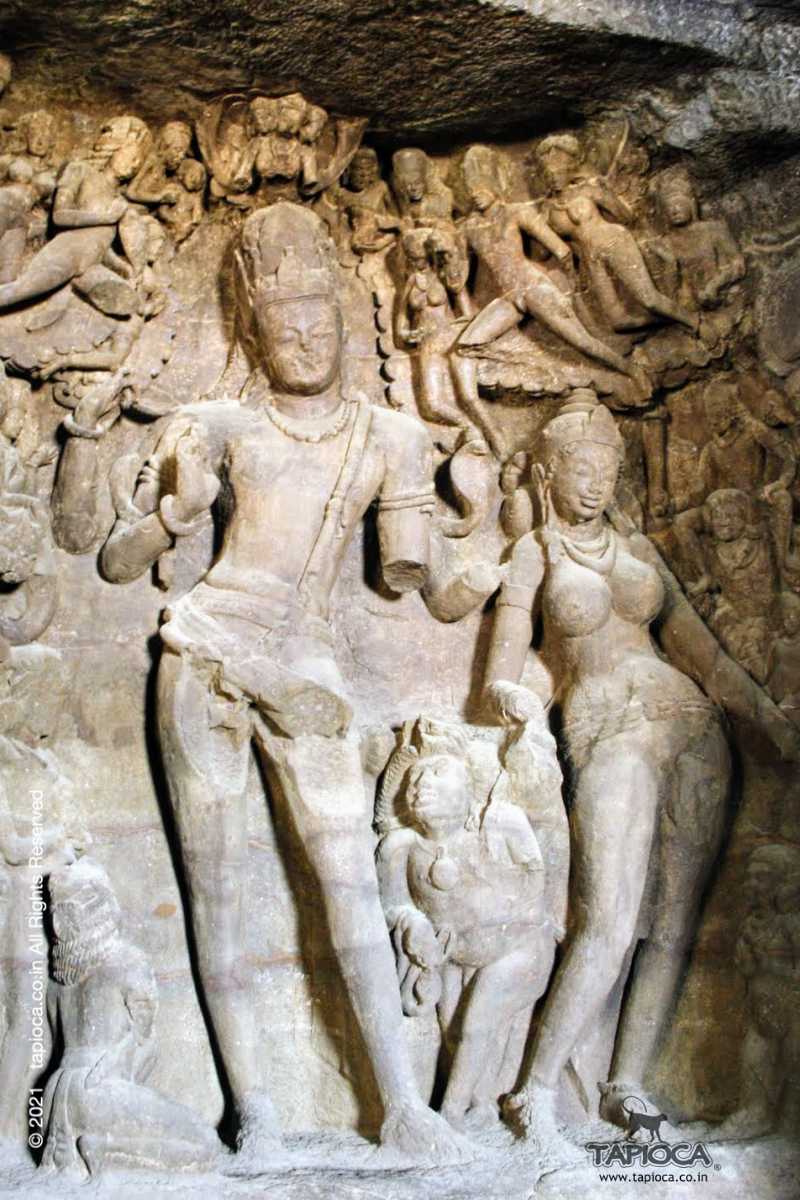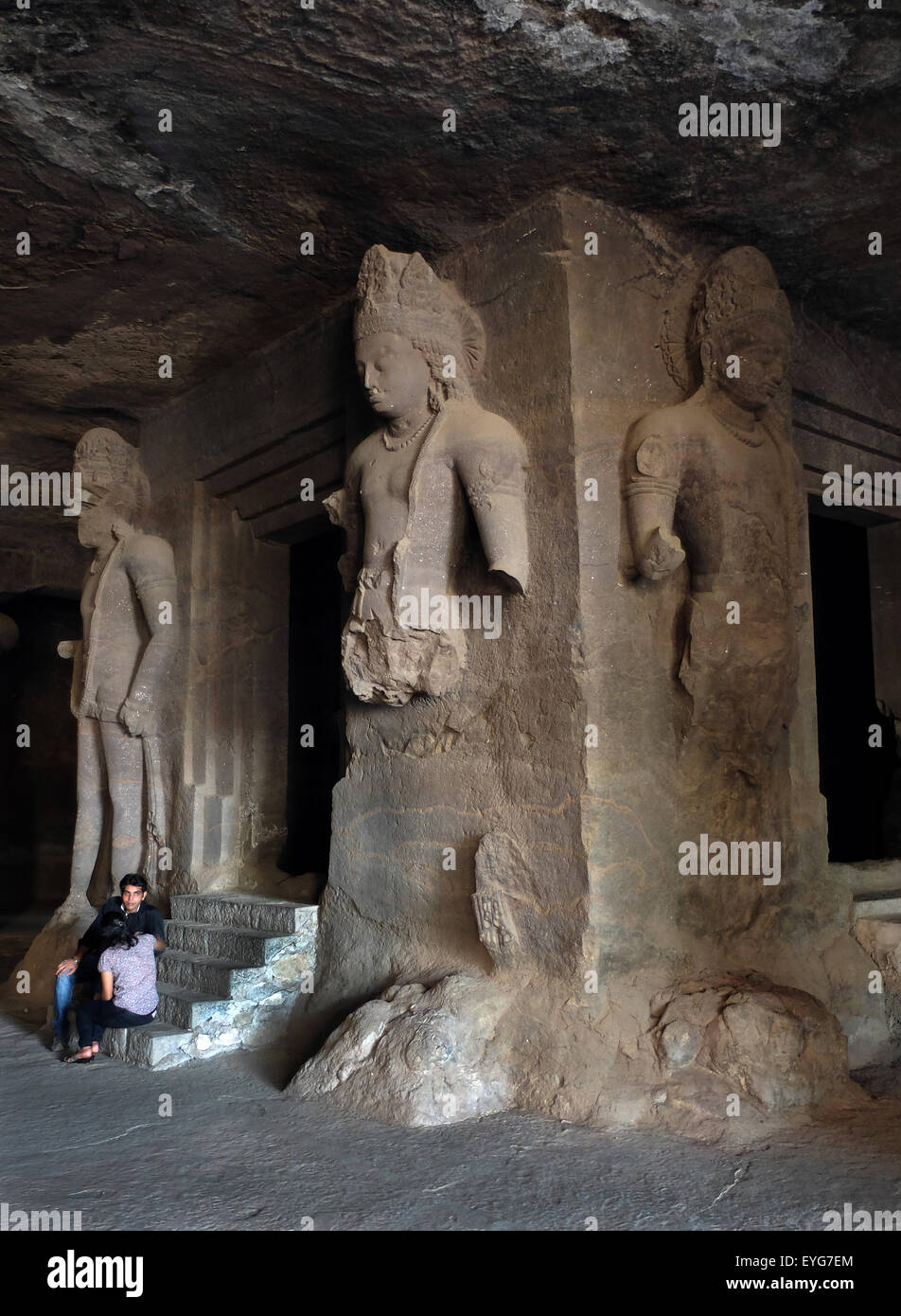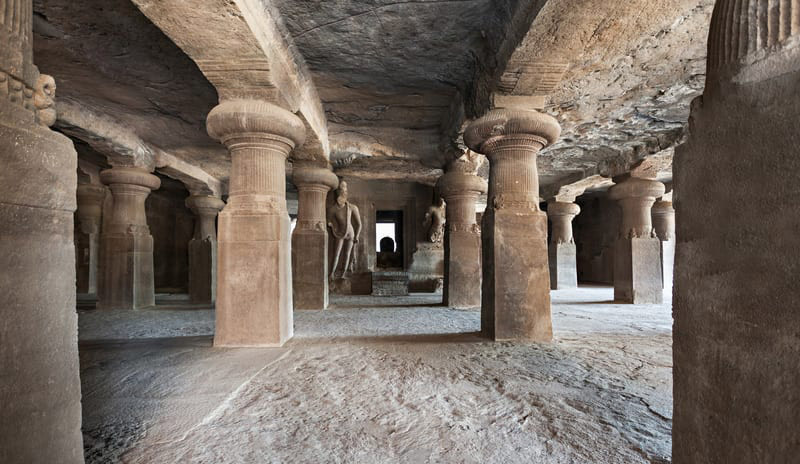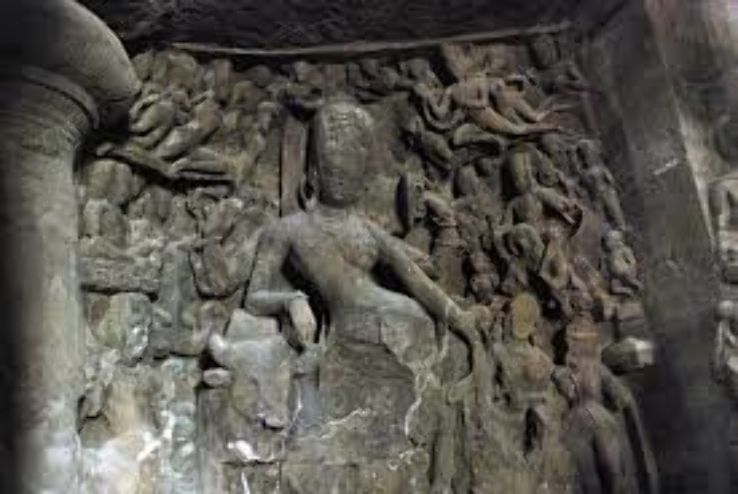Who Damaged Elephanta Caves
The caves suffered much damage under the portuguese with its stone sculptures even being used for target practice by soldiers.
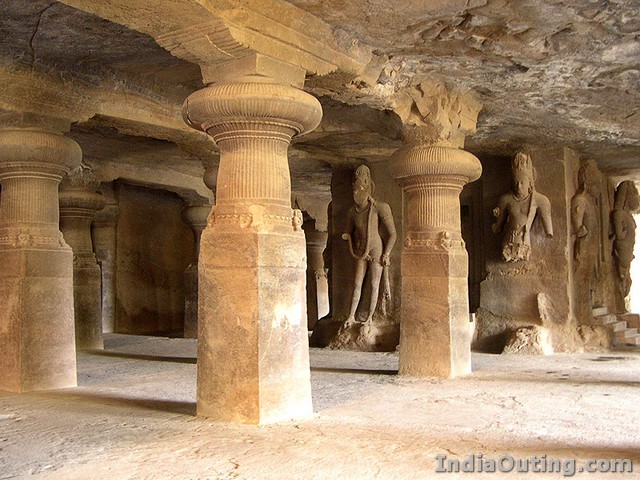
Who damaged elephanta caves. Soldiers practiced targets in the caves sparing nothing but trimurti even removing inscription of the creation and making of caves. It was an active place of worship for the islands hindu residents well until the 1500s when the portuguese took control of the island. There is also a theory that the marathas destroyed quite a few major sculptures while trying to renovate them.
The sculptures at elephanta caves are well known for its hindus sculpturesthe inner walls of the caves have various sculptures of the gods from the hindu mythology that appear in almost same sizes. When the island was ceded to the portuguese by the kings of ahmadabad in the 16th century it ceased to be a place of worship and the caves and sculptures were damaged by portuguese soldiers. At the end of the north south axis the image of trimurti a manifestation of lord shiva is carved.
Some blame the portuguese who wanted to reduce the hindu influence during their rule. However as bombay grew hindus returned to worship at the caves. Now it is in jijamata udyaan in mumbai.
By the time the british gained control of bombay in the 17th century the caves had become quite damaged. Who damaged the elephant statue. The grand cave of the island has persian inscription and it is believed that the christian portuguese destroyed a larger part of this island.
That was also the moment that the caves stopped being an active hindu place of worship. The great cave is the most intact among what remains. Large sections had been either vandalized or ruined by natural forces.
The colonial era british publications state they were defaced by the zeal of mahommedans and portuguese. The portuguese solders were responsible for much of the damage to the statues. It was the portuguese who later named it as elephanta island due to the presence of a huge rock cut statue of an elephant.
Macneil concurs that elephanta caves were defaced and damaged during the colonial period but assigns the responsibility not to the soldiers but the portuguese authorities. The statue was damaged when it was tried to relocate it to england. The reason the island is called elephanta by the way is that when the portuguese arrived there they found a large statue of an elephant now on display in mumbai.
In the 1970s the temples were restored and preserved and the island became a popular tourist site. However later it was moved to victoria gardens in 1864 and was reassembled by cadell and hewett in 1914. The colossal 20 feet high image of sadashiva shankara is a three headed structure called trimurti.


